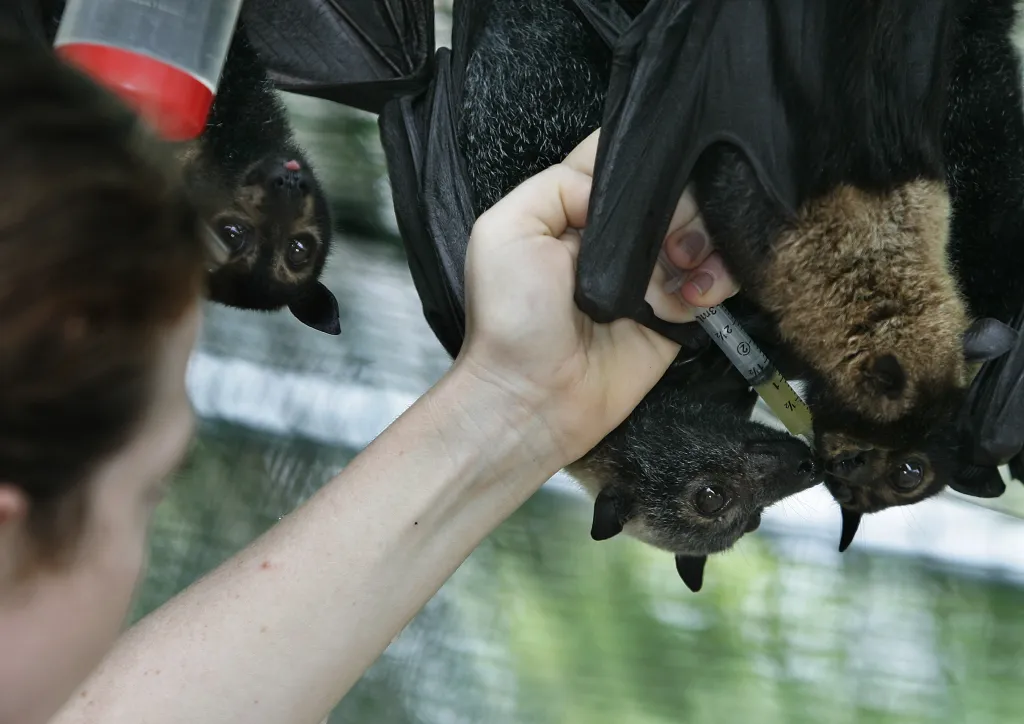
Have you ever enjoyed a piece of warm, fresh banana nut bread? How about a mango smoothie or guacamole dip? Did you know that these dishes would not be possible without bats? Across the world, more than 500 plant species in at least 67 plant families are pollinated by bats, and that includes many important food crops. Bats also help protect these crops from billions of dollars a year in damage and pesticide costs by eating many of the insects that attack these plants.
Bats don’t just help to provide us with delicious fruits; they also pollinate many economically, ecologically and ceremonially important plants. Some examples: agave, which provides fiber and tequila; eucalyptus, which provides timber and medicine; and saguaro cactus, which has a rich history of providing the native peoples of the Sonoran Desert with food and shelter.
While there are thousands of different plants pollinated by bats, they generally share some traits. Flowers that attract bats are typically fragrant, white or light in color, large, usually open at night, and produce lots of nectar. Some flowers have even evolved to have specifically angled and shaped petals to reflect bat echolocation. Bats have high conservation value in highly fragmented tropical habitats because they can carry large pollen loads on their bodies farther than many other pollinators.
In terms of health, bats even provide us with medicine from their saliva. The saliva contains an anticoagulant, and a new drug is modeled after this protein to dissolve blood clots in the brains of stroke patients up to nine hours after the stroke. This greatly extends the window of time to allow optimal recovery. Bats also reduce the spread of diseases like the West Nile virus by feeding on mosquitoes; nursing bats can eat up to their body weight in insects every night.
Despite bats’ many benefits to humans, myths still lead some people to fear them. One is that bats drink blood. Of more than 1,000 species of bats worldwide, only one, the vampire bat, will feed on the blood of sleeping animals. However, it prefers livestock, and bites to humans are rare. There are less daunting myths, too. “Blind as a bat” is a phrase you’ve likely heard, but bats aren’t blind. While their eyes may be small, they are fully developed and some can see very well. This myth likely developed from bats’ nocturnal nature and their use of echolocation to hunt. Another myth is that bats are rodents or “flying mice.” Bats and mice aren’t related at all, even distantly. Bats are more closely related to cats and horses than to rodents.
At the Norfolk Botanical Garden’s soon-to-open Perry Conservatory, guests will be able to discover beautiful bat-pollinated plants, such as the jade vine (Strongylodon macrobotrys), along with ways to support bats locally. Simple yet effective actions include reducing pesticide use, keeping pet cats indoors at night, turning off outdoor lights, and educating others.
By better understanding the vital role bats play in our ecosystems, we can more fully appreciate and protect these wonderful creatures. After all, bats aren’t creepy creatures of the night: They’re nature’s pest control and diligent pollinators.



